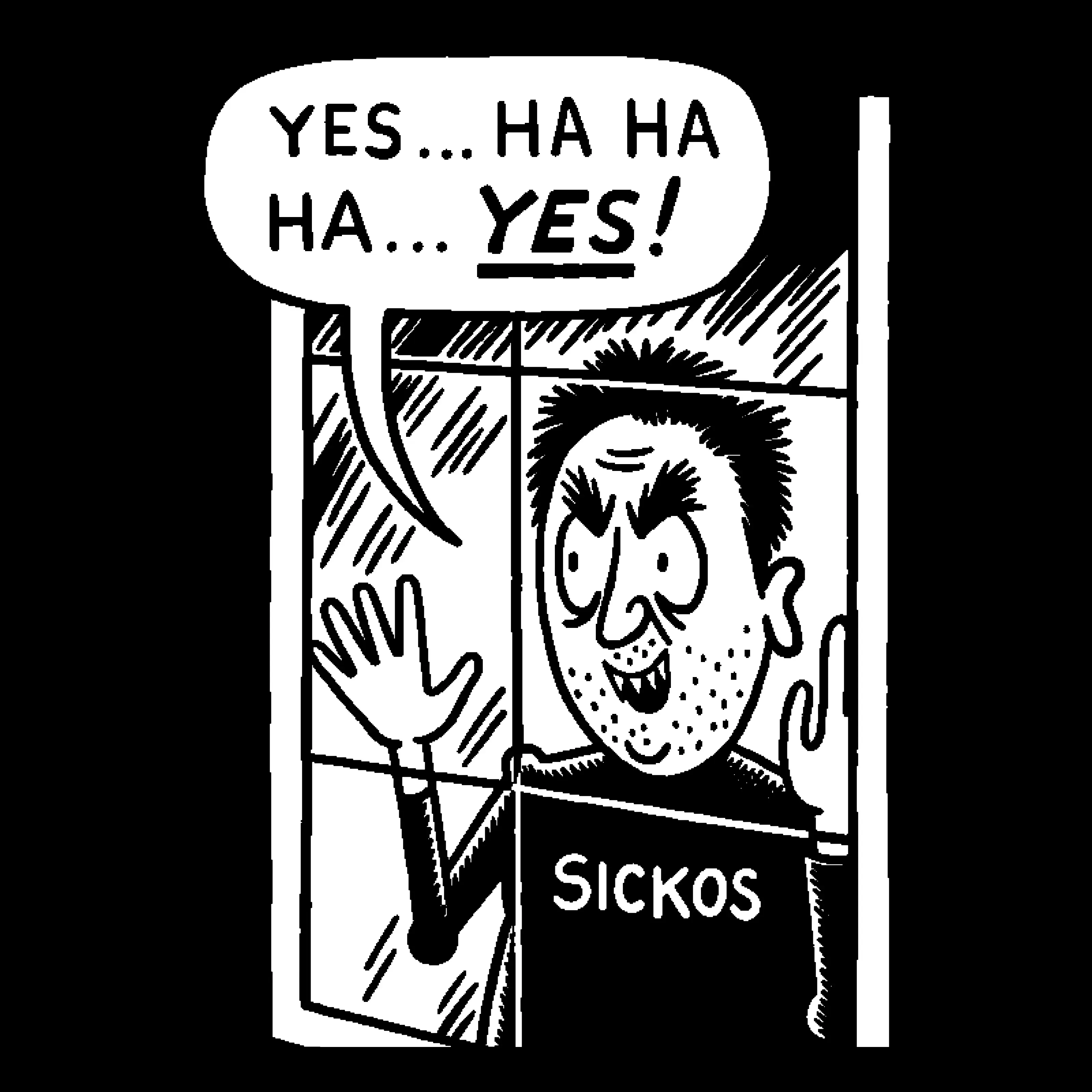I hate righty-tighty lefty-loosy. Depending on whether you’re looking at the top or bottom of the screw, you can see movement to the right or the left. I hate whoever came up with it, and I wish I had been taught the right hand method. It works exactly the same as the electromagnetic right hand rule:
an example of the right hand rule as it relates to a screw threadBasically, you take your right hand, stick your thumb out, and curl your fingers like you’re grabbing a broom handle. Point your thumb in the direction you want the screw to move to. Want to screw something in? Point your thumb towards the thing. Want to unscrew? Point your thumb away from the object the screw is currently in. Then, just look at the way your fingers are pointing! If it helps, squeeze your fingers into a fist and see which way they move. Alternatively, bend your wrist in, and observe which way your fingers are moving. Works every time.
It sounds complicated, but there are plenty of people who are unable to intuitively differentiate from right and left the way they can differentiate up and down. I am one of those people. Thanks to this method, I’ve been able to develop the muscle memory/intuition to know which way to turn a screw.
It’s important to note that this only works for screws that are “right hand threaded.” If the screw is only getting tighter when you’re using this method, then it’s likely reverse threaded, or left hand threaded. If that’s the case, just use your left hand instead of your right hand.
… Neat.
Alas, most people know which way is left or right. In reality it’s more clockwise vs counterclockwise. A good friend of mine needed that hold their left hand up and make an L to remember. Doing it with your right makes a J. Unless you somehow associate Left with Jeft in which case you probably pronounce gif wrong too.
Whichever works for you is great. It doesn’t mean mean everyone is ND or has a learning disability.
Clockwise/counterclockwise still depends on which way you are looking at it. Sometimes you have to unscrew things from the other side.
As a kid it took me a long time to understand what turning right even meant, because when the top goes right, the bottom goes left and the sides go up and down. It doesn’t make sense.
Even in my sixth decade, I beat people about the head with this, becoming the pedant from hell until they finally revert to clockwise and counterclockwise. And if they become specific enough to be “right over the top”, I go, “well, why not just say clockwise and avoid all that ambiguity?”
Being on the spectrum, it took me into my very early teens to even figure out right from left. I was two grades ahead of my peers in math, and could read a map and navigate better than most adults, but I needed a high degree of specificity when it came to physical directions. Any assumptions that were inconsequential to others became massive roadblocks to me due to the innate ambiguity of assumptions.
I think the issue is that the words “clockwise” and especially “counterclockwise” are way too long and therefore people prefer saying “left” or “right”.
Not to mention a rapidly growing segment of the population is unable to read analog 12 hour clocks, so the analogy is not that helpful.
“But it’s going anticlockwise if you look at it from behind…”
If you mount a clock on the ceiling, which way do the hands go? What about their shadow on the floor?
Those are some really theoretical ways to observe a clock face.
How about we just start saying, “torque in, torque out”? When the torque vector points in, the screw goes in (tightening). When it points out, the screw comes out (loosening). As long as you are standing on the side of the screw you can actually work with while working with it (and why wouldn’t you be?) this is never ambiguous.
Of course, now we’re kicking the can down the road and relying on people wrapping their heads around the right hand rule… Hmm…
Doesn’t have to be a clock. Which way does a ceiling fan spin?
I have lived in a home with a ceiling fan for nearly 30 years and I cannot confidently answer this question off the top of my head.
Maybe that’s just tremendous skill issue on my part, but recognizing that all ceiling fans are standardized to spin only one way and knowing which way that is seems like a weird thing to ask of someone who also needs a mnemonic for which way to tighten screws.
That’s not what I meant. If you have a ceiling fan in front of you, how would you describe its rotation? Would it rotate the same way as its shadow? Or opposite? Why?
Okay, so, yeah. “Righty tighty” never worked for me but you know what did? Turning Clockwise would eventually make the screwhead block up against the wood. “Clockwise, blockwise”.
Clockwise, blockwise
That’s a new one for me. Thanks.
I’ve been wrenching on cars nearly 30 years. I’ve had mechanical maintenance as part of my actual job for a decade now. Two years ago it all finally clicked for me. Clockwise tight, counterclockwise loose.
Clocky locky
In Dutch we only talk about turning screws clockwise and counterclockwise
Unless you’re south of the equator …
Clockwise lockwise. Windershins looser.
Never heard that one before, thx.
La derecha oprime, la izquierda libera.
It would be great if cats could fix cars… :)
Even though we would probably employ them and make them work 9-5 like another species I know.
What species works 9-5? I’d love to have more time off.
American yeah?
Yeah… Hopefully not in 10 years, if I do things right.
If too much righty tighty then it might become loosy
“little bolt no good anymore” - maybe don’t use caveman strength on an 8mm bolt that holds no weight???
Seen it too many times. The biggest guy on the team grabs the biggest wrench he can find for the smallest fastener on the assembly. Maybe the wrench bends, maybe the head snaps, I’ve seriously considered getting torque limited Allan wrenches.
I recently had someone complain about a bolt getting hot while they were wrenching it. they created enough friction to notice it heating up. and then kept wrenching it.
also, I’ve started replacing normal bolts with rounded hand-bolts, which are nearly impossible to over-torque, so long as they don’t take a pair of pliers to them.
deleted by creator
Torque specs? Keep going right till it gets loose again
Also, crossthreading = nature’s loctite.
shit, guess I’m replacing the whole thing now
I learned it the other way: Lefty Loosy, Righty Tighty. Your version sounds so wrong to me, but I presume mine sounds wrong to you wrong people.
“We are checking”
Was gonna say that sounds about right for a Ferrari Mechanic 😂
😂 HIS ASS IS NOT A MECHANIC 😂
Unless it’s a propane tanks top spigot, then it’s lefty tighty righty don’t fuck with it.
just watched a sadly hilarious video of a mechanic struggle with reverse threads on highly specific rotating assembly. like, I get it, it’s not immediately obvious, but edit that wrong turn out if you want to make a serious explainer series. also, if you work with pivots that often, you have to expect that shit.
I’m not sure if it’s a symptom of a mental disorder but I struggle with right vs left to this day. If someone says “turn left” it takes some mental power for me to decipher. But clockwise / anticlockwise is easy for some reason
Dyslexia / dysgraphia
This. I have mild dyslexia and dysgraphia and I refuse to give driving directions. I will point left, say right, and not even realize it and just confuse the shit out of my driver, lol.
Hell, I refuse to accept directions. My navigator will say left, I’ll go right, and they’ll look at me funny. If we’re in my car, we’re using GPS. No exceptions, even if we’re just going 3 blocks.
I’ve found that Driver’s Side/ Passenger’s Side works for me, though I’ve never been to somewhere that drives on the driver’s side of the road, so that could trip me up.
Not on all vehicles.
I broke 2 lug nuts off a Willys Army Jeep I was restoring in High School before I figured that one out.














